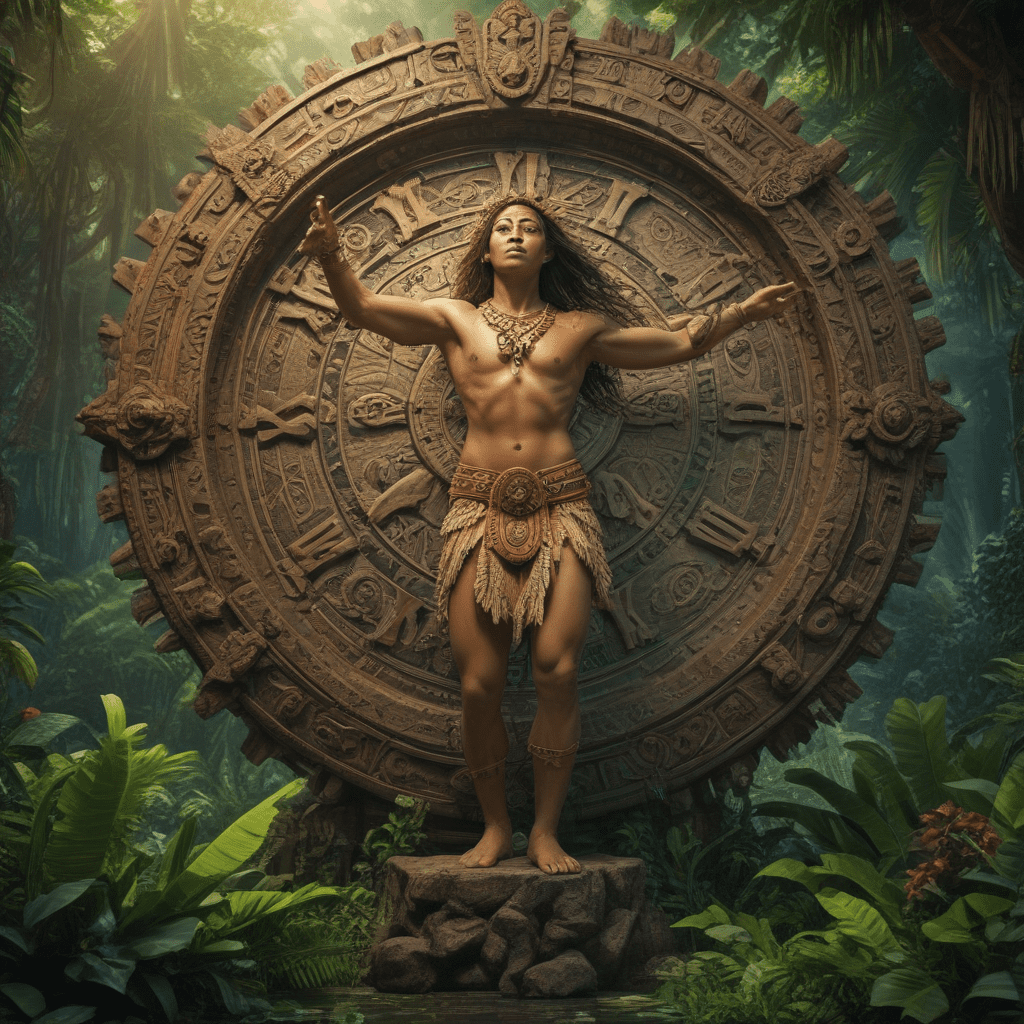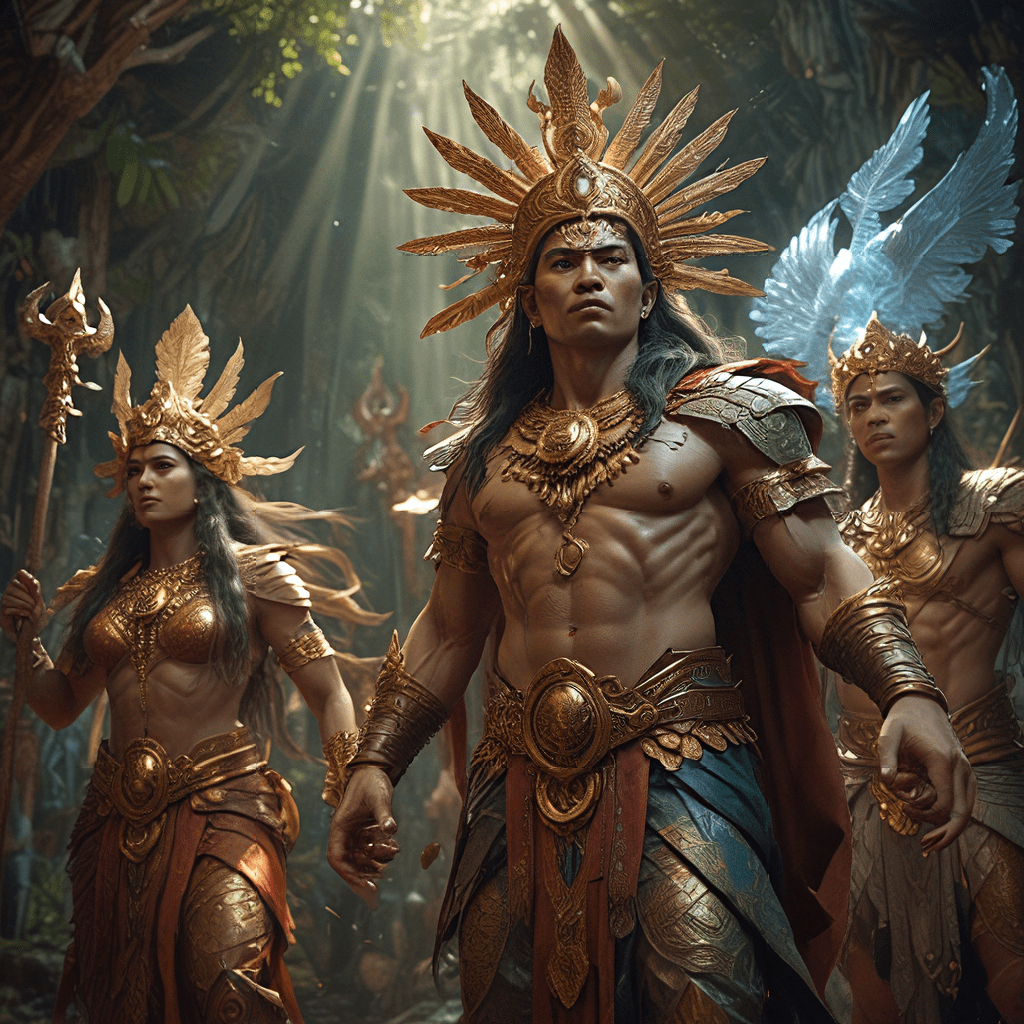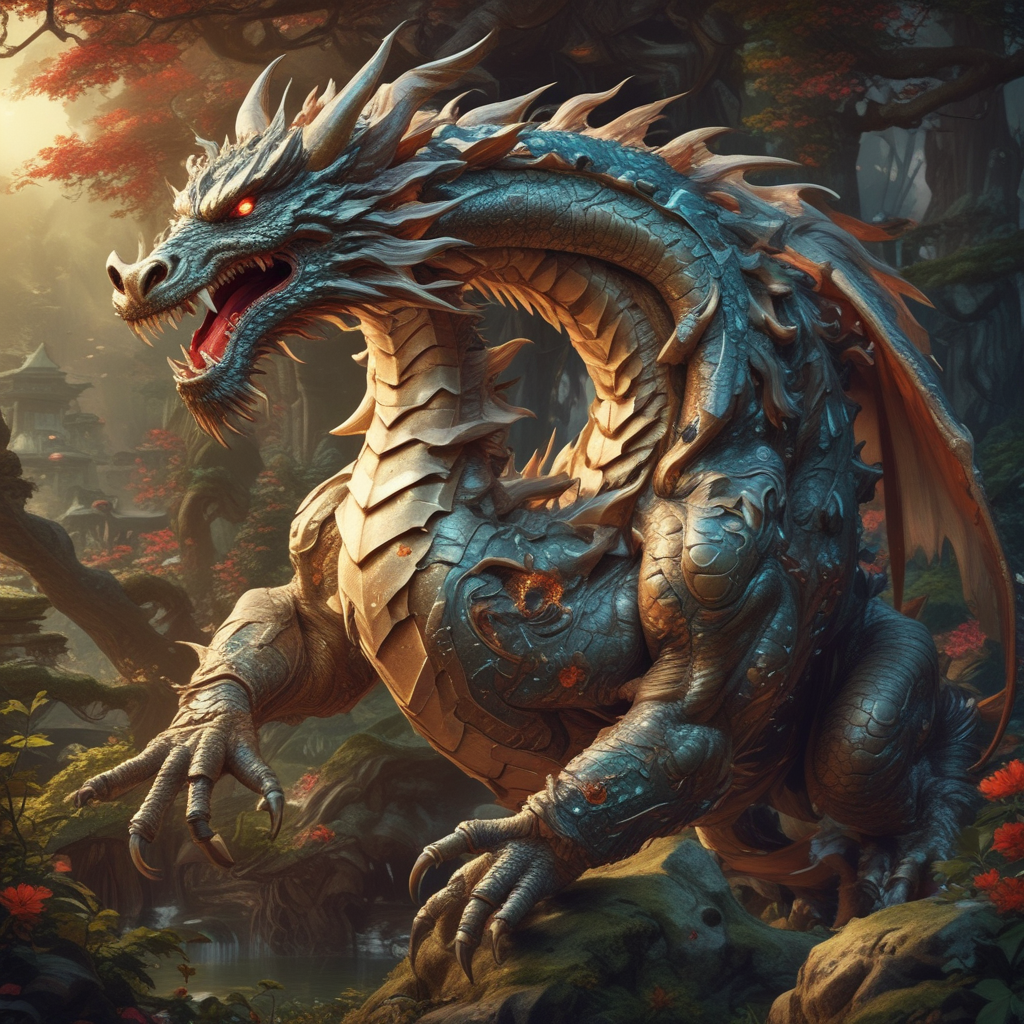The Mythical Mountain Trails: Legends of Paths Less Traveled
I. Introduction
The allure of mountain trails has captivated adventurers, travelers, and storytellers for centuries. These winding paths through majestic landscapes not only offer breathtaking views and physical challenges but also serve as gateways to ancient tales and legends. Mountains have long been viewed as sacred spaces, and the myths surrounding them enrich cultural narratives and inspire exploration.
Myths and legends play a crucial role in shaping our understanding of the world. They provide insight into the values, fears, and aspirations of different cultures. The purpose of this exploration is to delve into the mythical mountain trails across the globe, uncovering the stories that have emerged from these paths less traveled.
II. The Origins of Mountain Myths
Mountain legends often have deep historical roots, reflecting the beliefs and experiences of ancient civilizations. The towering presence of mountains has evoked feelings of reverence and mystery, leading to the creation of myths that explain natural phenomena, human origins, and the cosmos.
In many cultures, mountains hold significant spiritual meaning. They are often seen as the abode of gods, spirits, or ancestors. For instance:
- In Ancient Greece: Mount Olympus was believed to be the home of the gods.
- In Hinduism: Mount Kailash is considered the abode of Lord Shiva.
- In Native American culture: Mountains are often viewed as sacred places for rituals and gatherings.
These examples illustrate how mountains serve not only as physical landmarks but also as central elements in the mythology of ancient civilizations.
III. Legendary Trails Around the World
Several legendary trails around the world are steeped in myth and history, drawing hikers who seek both adventure and a connection to the past.
A. The Inca Trail and the Legend of Pachamama
The Inca Trail in Peru is not just a path to Machu Picchu; it is a sacred pilgrimage that honors Pachamama, the Earth Mother in Incan belief. The trail weaves through stunning landscapes and ancient ruins, allowing hikers to connect with the spiritual essence of the Andes.
B. The Appalachian Trail and the Ghosts of the Blue Ridge
The Appalachian Trail, stretching over 2,000 miles from Georgia to Maine, is shrouded in tales of ghostly apparitions and spirits. The Blue Ridge Mountains, in particular, are rich in folklore, with stories of the Brown Mountain Lights and ghostly figures said to wander through the misty woods.
C. The Camino de Santiago and its Spiritual Significance
The Camino de Santiago, or the Way of Saint James, is a network of pilgrimage routes leading to Santiago de Compostela in Spain. This trail is steeped in Christian legend, believed to be the burial site of the apostle Saint James. Pilgrims from all over the world embark on this journey, not only for spiritual growth but also to connect with the ancient stories that pervade the landscape.
IV. The Role of Nature in Myth-Making
Nature is a powerful catalyst for myth-making. The awe-inspiring landscapes, dramatic weather patterns, and unique geological features often inspire legends that explain the unexplainable.
A. How Landscapes Inspire Legends
From the jagged peaks of the Himalayas to the lush valleys of the Pacific Northwest, each region’s topography has cultivated distinct myths. For instance, the jagged cliffs of the Dolomites in Italy are said to be the remnants of ancient giants.
B. Symbolism of Mountains in Various Cultures
- In Chinese culture: Mountains symbolize stability and prosperity.
- In Japanese culture: Mount Fuji is a symbol of beauty and spiritual enlightenment.
- In Celtic mythology: Mountains are associated with mystical beings and ancient battles.
C. The Impact of Natural Phenomena on Local Folklore
Natural phenomena, such as earthquakes, storms, and volcanic eruptions, often lead to the creation of new myths. For example, the eruptions of Mount St. Helens have inspired stories about the spirit of the mountain seeking vengeance.
V. Famous Mythical Creatures and Spirits
Mountains are often home to legendary creatures that embody the spirit of the wilderness.
A. The Yeti of the Himalayas
The Yeti, or “Abominable Snowman,” is said to roam the high altitudes of the Himalayas. This elusive creature has become a symbol of the mysteries that lie within the mountains.
B. The Wendigo of North American Forests
The Wendigo is a spirit from Algonquian folklore, often associated with winter and starvation. It is said to haunt the forests, embodying the dangers of greed and cannibalism.
C. The Tengu of Japanese Mountains
Tengu are mythical creatures in Japanese folklore, often depicted as bird-like humans. They are considered protectors of the mountains, embodying both wisdom and mischief.
VI. Modern Interpretations of Ancient Legends
As interest in hiking and outdoor activities continues to grow, so does the fascination with mythical trails and their stories.
A. The Resurgence of Interest in Mythical Trails
Modern adventurers seek to connect with history and nature by exploring these legendary paths, often inspired by tales passed down through generations.
B. How Storytelling Influences Contemporary Hiking Culture
Storytelling has become an integral part of the hiking experience, with many hikers sharing their journeys through blogs, podcasts, and books, emphasizing the myths and legends associated with their travels.
C. The Role of Social Media in Sharing Mythical Experiences
Platforms like Instagram and YouTube have allowed hikers to share their experiences in real-time, bringing ancient legends into the modern age and inspiring others to explore these magical paths.
VII. The Experience of Hiking Mythical Trails
Hiking mythical trails is not just about physical exertion; it is also an immersive experience that intertwines adventure and mythology.
A. Preparing for a Journey on a Legendary Path
Preparation is key when embarking on a mythical trail. Hikers should research the legends associated with their chosen path, understand the terrain, and respect local cultures.
B. The Intersection of Adventure and Mythology
Each step taken on these trails can feel like a journey through time, where the stories of the past echo in the rustling leaves and the whispering winds.
C. Personal Narratives and Transformative Experiences
Many hikers return from their journeys with stories of transformation, having found deeper meanings and connections to the land and its legends.
VIII. Conservation and Preservation of Mythical Trails
As tourism increases, the impact on these legendary paths becomes a concern, necessitating strategies for sustainable hiking.
A. The Impact of Tourism on These Legendary Paths
High foot traffic can lead to environmental degradation, threatening both the natural landscape and the very myths that arise from them.
B. Strategies for Sustainable Hiking in Mythical Regions
- Follow marked trails to minimize impact.
- Practice Leave No Trace principles.
- Engage in local conservation efforts.
C. The Importance of Preserving Cultural Heritage
Preserving these trails is crucial not only for environmental reasons but also to maintain the cultural narratives that enrich our understanding of these places.
IX. Exploring the Intersection of Myth and Reality
The line between myth and reality often blurs in the context of mountain legends, leading to profound psychological and cultural implications.
A. The Blurred Line Between Fact and Fiction in Mountain Legends
Many legends contain kernels of truth, shaped by the experiences and perceptions of those who came before us.
B. Psychological and Cultural Implications of Believing in Myths
Believing in these myths can foster a sense of belonging and identity, connecting individuals to their cultural roots and the natural world.
C. The Role of Education in Fostering Respect for Folklore
Education plays a vital role in promoting respect for local legends, encouraging hikers to appreciate the stories behind the trails they traverse.
X.




